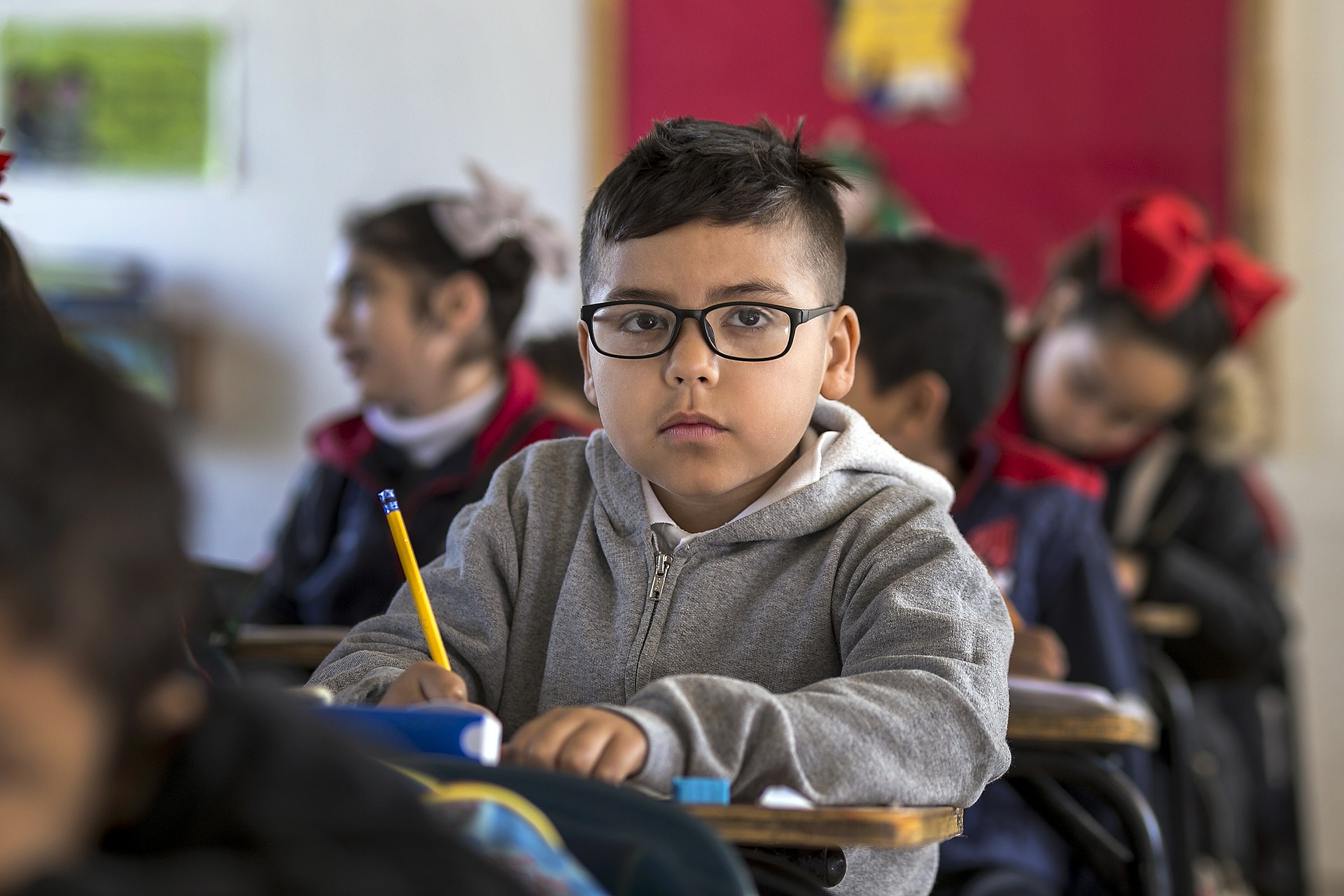Key factors influencing the prevalence of myopia appear to be whether you are female, East Asian, have an urban area residence, and your educational level, the findings published online in the British Journal of Ophthalmology indicate.
Short (or near)-sightedness (myopia), which describes difficulty seeing objects at a distance, typically starts in early childhood and tends to worsen with age.
It has emerged as a major public health concern, particularly in Southeast Asia, according to the study.
The most recent global review of its prevalence only went up to 2015 and so to obtain a more up to date picture, with a view to informing healthcare policy and preventive efforts, the researchers estimated the current and future prevalence of myopia up to 2050 among 5- to 19-year-olds.
They drew on all relevant research and government reports, published up to June 2023. They included a total of 276 studies, involving 5,410,945 children and teens and 1,969,090 cases of myopia, from 50 countries in Asia, Europe, Africa, Oceania, North and Latin America.
They pooled the data from all of these studies, taking account of geographical, temporal, and other variables.
Their analysis revealed a more than tripling in overall prevalence between 1990 and 2023, rising from 24 per cent in 1990-2000 to 25 per cent in 2001-10, followed by much sharper increases to 30 per cent in 2011-19, and 36 per cent in 2020-23, equivalent to around 1 in every 3 children and teens.
While the prevalence among teens surpassed that of children, peaking at 54 per cent during 2020–23, the absolute increase among children from 1990 to 2023 was nearly twice that of teens.
Prevalence was significantly higher in low to middle income countries than in high income countries, and was highest in Japan and lowest in Paraguay between 1990 and 2023.
Certain factors were associated with a higher prevalence, notably residence in East Asia (35 per cent) or in urban areas (29 per cent), female sex (34 per cent), adolescence (47 per cent), and high (secondary) school education (46 per cent).
Based on the figures and trends up to 2023, overall global myopia prevalence is projected to reach around 40 per cent by 2050, exceeding 740 million cases, up from 600 million in 2030, they estimate.
It is expected to be higher among girls and young women than among boys and young men: 33 per cent vs 31 per cent in 2030; 40 per cent vs 35.5 per cent in 2040; and 42 per cent vs 37.5 per cent, respectively, in 2050.
And it is expected to be significantly higher among 13–19 year olds than among 6–12 year olds, with projected rates of 43 per cent vs 21 per cent in 2030, 49 per cent vs 24 per cent in 2040, and 52.5 per cent vs 27.5 per cent, respectively, in 2050.
Low and middle income countries are expected to have a higher prevalence than high income countries, with a projected rate of 41 per cent by 2050. Specifically, Asia is expected to have the highest prevalence of all, with rates of 52 per cent in 2030, 62 per cent in 2040, and 69 per cent in 2050.
The COVID-19 pandemic may have had a role in the sharp increase after 2020, suggest the researchers.
“Emerging evidence suggests a potential association between the pandemic and accelerated vision deterioration among young adults,” they wrote.
By way of an explanation for the geographical differences, they suggest that people in East and South Asia have experienced rapid economic development along with the steepest rise in myopia prevalence.
“The elevated incidence of myopia observed in the Asian population, particularly among younger children, as compared with other regions, could potentially account for the observed ethnic disparity,” they wrote.
“Moreover, a correlation between the duration of education and the occurrence of myopia has been observed, suggesting that the early implementation of formal education in certain East Asian nations could potentially serve as a contributing element,” they added.
“Conversely, African populations exhibit a lower prevalence of myopia, likely attributed to lower literacy rates and delayed initiation of formal education, typically occurring between the ages of 6 to 8 years for most children.”
Sex differences in prevalence might also be explained by the fact that girls reach puberty faster than boys and tend to spend less time outdoors and more time on close-range activities, they suggest, advocating more physical activity and less screen time for all children and teens.
The researchers acknowledge various limitations to their findings, including the variable quality and considerable differences in the design and methodology of the studies included in their pooled data analysis. The definitions and assessments of myopia also varied widely.
“Despite these known limitations, given the large sample size included, our estimates of the prevalence of myopia are considered to be close to the precise number,” they wrote.
“It is crucial to recognise that myopia may become a global health burden in the future.”
To read the paper, click here.















